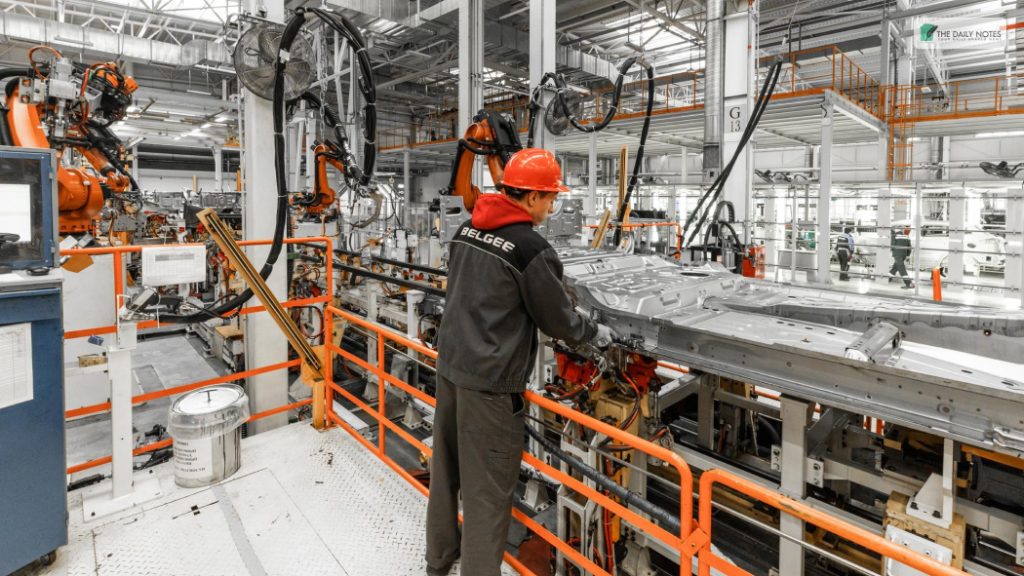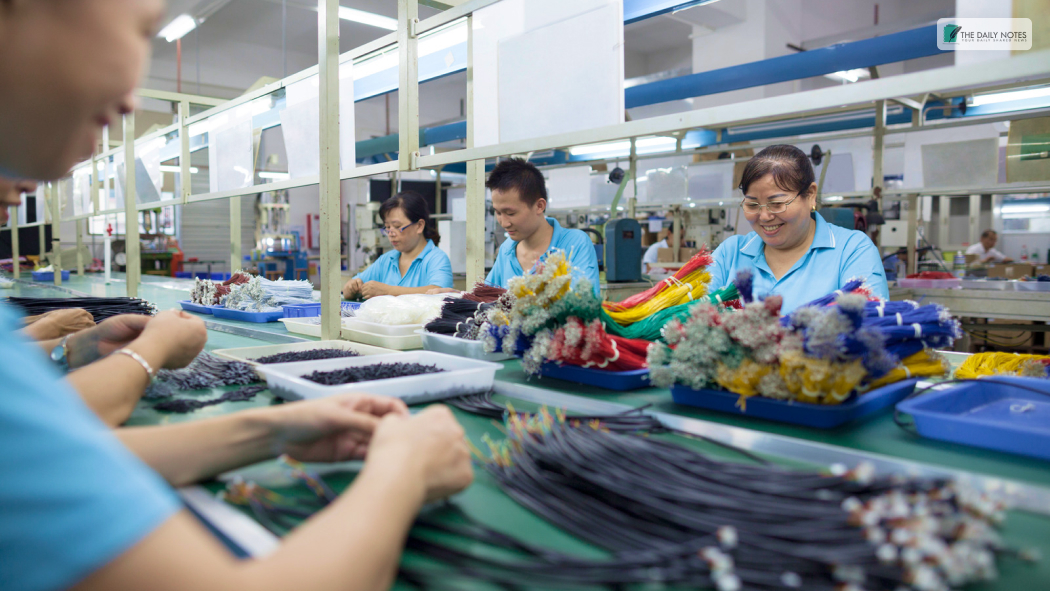For almost all businesses selling physical products, the cost of the raw material or products it sells is a large part of the business expenses. China manufacturing is one such business that requires a lot of money.
Hence, businesses are always looking for cost-effective options, such as hiring a sourcing agent or supplier, which will help reduce the amount they pay for the supplies and increase their profit.
In the last few decades, China has become the leading manufacturer of a wide range of consumer and industrial products and raw materials used in different industries.
Hence, businesses of all sizes in New Zealand who have heard of China manufacturing are interested in finding out how they can procure the products they require at a low cost, without affecting quality.
What Makes China Manufacturing So Special?

Though China is world-famous for its factories that manufacture a wide range of products, businesses should be aware that the quality of the products will vary greatly.
The Chinese companies know that some people, especially in poorer countries, have less money and can only afford cheaper products.
So, they are making these more affordable products without using quality raw materials, which makes the product less durable.
There are also many Chinese companies that manufacture high-quality products for some of the most reputed brands in the world, according to the specifications provided.
Hence, businesses in New Zealand that wish to use China manufacturing facilities to get lower-cost materials and products should have a system in place to ensure that the product’s quality is as per their norms.
Why is it So Attractive to Manufacturers?
China has slowly developed to be a major manufacturing hub in the world that thrives on a strong business ecosystem. Supporting this thriving market are skilled workers taking advantage of the strategic location that supports the import-export of manufactured goods.
The China manufacturing ecosystem comprises a strong network of manufacturers, suppliers, and logistics. The last one is also a crucial pillar supporting this empire due to its role in bringing raw materials and taking finished goods.
Another one of the factors why manufacturers out of the country want to break into the China manufacturing market is due to the cheap labor. Don’t be mistaken, they are nowhere cheap in skills, their precision and efficiency can beat robots.
The current challenges between the two giants – the US and China – may be a great opportunity for other countries to thrive. However, the talks of moving manufacturing out of China are another concerning factor in this aspect.
Surprisingly, the China manufacturing industry is fairly new – considering it only got permission for permanent trade relations in 2000. This legal designation makes them open to the status of the most favored nation, thus allowing them the same treatment as WTO members.
This permission nearly 24 years ago reinforced China’s role in global trade, leading to a huge migration of manufacturing base to China. With low-cost labor, favorable Chinese government policies attract them.
Challenges Faced by China’s Manufacturing
There have been many challenges that they have encountered within the past couple of decades. From unfair trade practices to spy balloons, China manufacturing also endured accusations of intellectual property theft.
Global companies sensed immense pressure when former President Trump invoked Section 301 of the Trade Act to apply tariffs on billion-dollar Chinese goods.
This led to the relocation of manufacturing units to other Asian destinations that would cost less. Such as India, Bangladesh, and Vietnam.
The challenges kept piling up with Covid-19 causing chaos in the global supply chain. This is when China was under severe scrutiny for poor hygiene standards, with a threat to its manufacturing empire.
The US (and other countries) was considering nearshoring or reshoring, both of which would be disastrous options for China. However, China’s prominence in manufacturing is all that was necessary for it to sustain all these challenges.
This is because non-US manufacturers were still interested in getting manufactured goods out of China. Global competitiveness is another reason why China’s manufacturing is not losing its footing in the global market.
In addition, finding laborers that are cheaper than China is not difficult, however, more productive workers are where Chinese workers are taking full advantage. This may be why the relocation of production out of China isn’t happening.
How do they Get Work Done With China Manufacturing?

Most of these businesses do not have staff who understand the Chinese business culture and language. Hence one of the most effective ways for a New Zealand business to get quality products from China is by hiring the services of an experienced product sourcing agent, preferably from China, like T K Wang of Epic Sourcing.
Though he is based in Auckland, the capital of New Zealand at present, T K Wang is originally from China.
So, he understands the Chinese culture and business system very well, which helps him get the best deal for his clients. He has already sourced products manufactured in China for many businesses in New Zealand.
Hence, he can provide references for his existing clients to any company that wishes to use his services. He also has a database of more than 1500 Chinese factories so that he can quickly locate a reliable supplier of a wide range of products made in China.
That’s a Wrap on China Manufacturing…
Businesses looking for a Chinese supplier should specify details of the product they require to T K Wang. If one or more suppliers in the database are already supplying the products needed, he can get a quote quickly.
Otherwise, Epic Sourcing will use its extensive business network in China to find suitable manufacturers for the products required.
Since it is costly to return poor-quality products, Epic Sourcing recommends that all businesses conduct a background check on a new supplier and verify whether they have a track record of supplying quality products on time before placing an order.
Read Also:




























